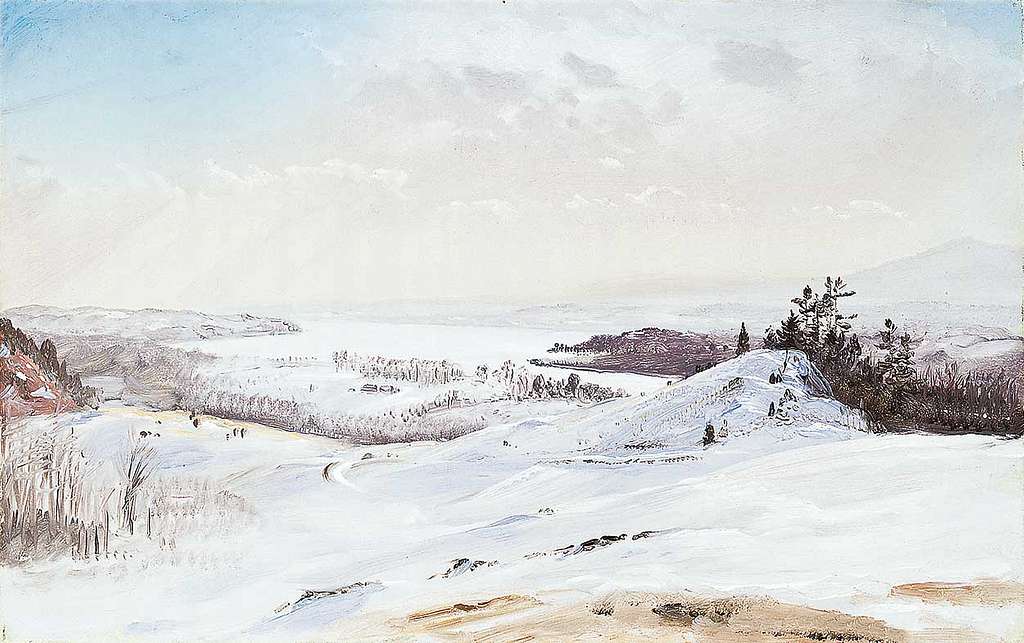Excavating Art and Empire: An Artist Talk (AUDIO)
With David Hartt
September 9, 2023
Guest curator David Hartt discusses his artistic process and vision for Terraforming: Olana’s Historic Photography Collection Unearthed. Learn more about how Hartt was inspired by Olana’s collection of nearly 2,000 19th-century international photographic prints to reflect on the ways in which human culture and activity shape our land.
Moving and Healing with Mother Earth: A Sunset Walk and Workshop
With Nkoula Badila
August 26, 2023
During this nature walk and workshop, Nkoula Badila, founder of Grow Black Hudson, guides participants through Olana’s landscape, discussing the health benefits of regional species and the ways we can connect with nature through movement and herbal medicine.
Perspectives on Landscape, Language, and Indigeneity
With Mark Igloliorte
March 23, 2023
During this virtual webinar, learn more about the work of contemporary artist Mark Igloliorte, whose work featured in Olana’s exhibition Chasing Icebergs: Art and a Disappearing Landscape. During this presentation, he will track the ways language, landscape, and personal perspectives inform his work. A conversation with curator and scholar Franchesca Hebert-Spence will follow.

Moving Art, Moving Audiences: Nineteenth-Century Travelling Exhibitions and the Matter of Abolition
With Caitlin Meehye Beach
February 7, 2023
In the mid-nineteenth century, Americans faced a new way to encounter art: the traveling exhibition. Sculptures, panoramas, and paintings crisscrossed the country, appearing at venues that included exhibition and entertainment halls, galleries, reform societies, and fairs. During this virtual webinar, Caitlin Meehye Beach will explore the phenomenon of traveling exhibitions as they intersected a pressing concern of the day: the abolition of slavery. Following the publication of her 2022 book, Sculpture at the Ends of Slavery, this presentation focuses on three works in particular: Hiram Powers’ The Greek Slave, Henry “Box” Brown’s The Mirror of Slavery, and Frederic Edwin Church’s The Icebergs.
This webinar recording is available upon request. Please email education@olana.org.
The View from Olana: Preserving America’s Cultural Landscape
With Harvey Flad
January 12, 2023
During this webinar, Harvey Flad, Professor Emeritus of Geography at Vassar College, will share a personal perspective on how Olana’s views have been saved. Join Flad during this examination of how historic and aesthetic landscape, and other aspects of “community character,” has become a valued component of environmental review.
The Intrepid Quest for Church’s “Icebergs”
With Eleanor Jones Harvey
November 17, 2022
What happens when an artist and his travel companion set forth to chase icebergs? The immediate result is a suite of drawings and oil sketches created to inspire future paintings, and a travelogue written to draw attention to the artist’s dedication to his craft. During this virtual webinar, Eleanor Jones Harvey will recount Church’s voyage, which encompasses inspiration, accolades, disappearance, and rediscovery.






